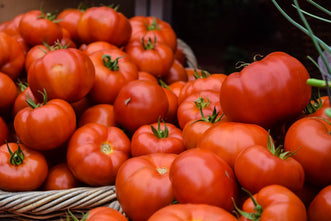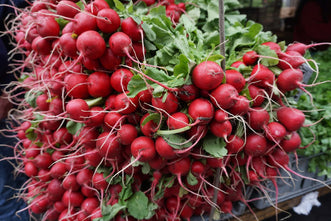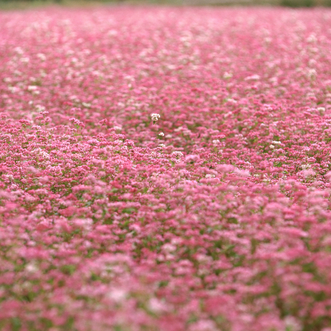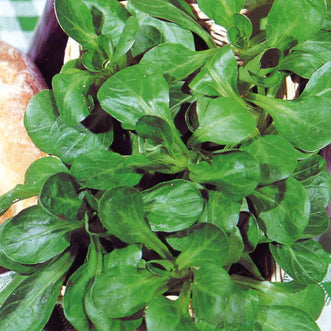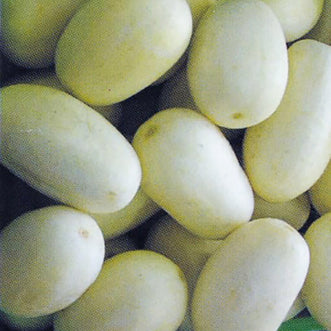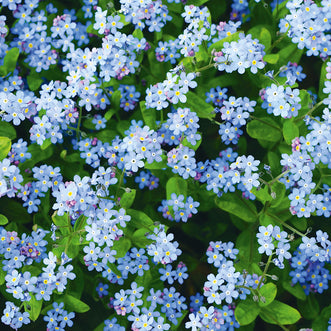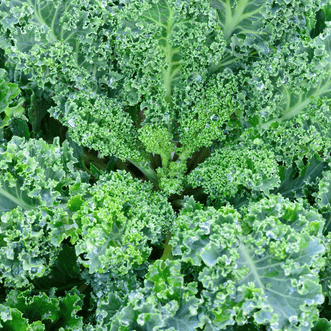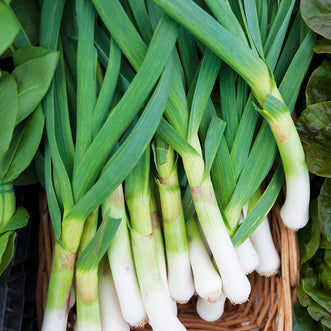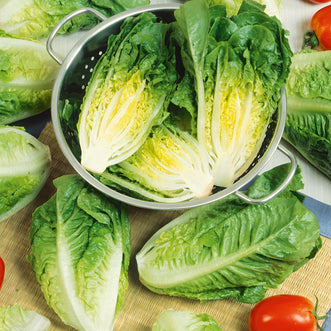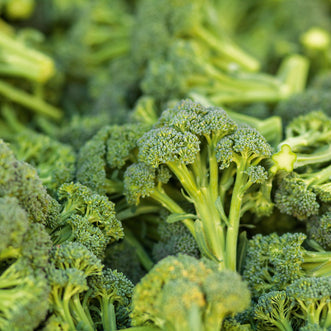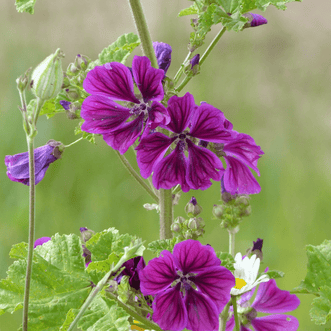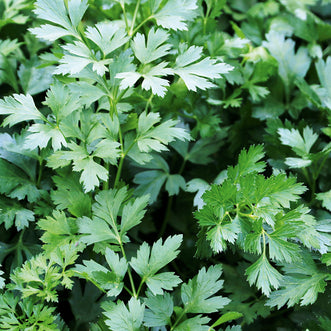Parsnips

... but the parsnips are looking fantastic! This morning I went out and pulled one up to see how it was growing and was happy to see that our first parsnip crop is coming along nicely! My 10 year old insisted that we needed a photo taken with something to show the size of the parsnip, so here's another photo, with his hand to show scale.
This is the first time we have grown parsnips. I must admit I was a bit reluctant at first. This is a vegetable that was on my childhood blacklist (along with pumpkin and brussels sprouts). Late last year, a friend had an oversupply of young parsnips and passed some on to me and I made parsnip puree for the first time! What a revelation - it was absolutely delicious! Having been completely won over, in went the parsnip seed!
Parsnip (Pastinaca sativa) is a root vegetable. Parsnips look like a pale carrot and are actually a relative of the carrot, celeriac, and parsley root.
Parsnip seed can be planted in early spring - the cold ground will help revive the seed from dormancy. Parsnip seed can deteriorate when stored for too long, so make sure you get fresh seed each year.
Sow seeds directly at a depth approximately twice the diameter of the seed. Parsnip is best sown at soil temperatures of between 10°C and 20°C. Parsnips are easy to grow but the seeds take time to germinate - be patient with them if you haven't grown them before. Parsnip seed won't germinate if the seed dries out, so they can be difficult to grow in summer - make sure you keep the seeds moist until they have germinated. (Some growers suggest laying a plank along the row until you see signs of germination.) We didn't do this as we have a watering system on a timer.
Parsnips need room to grow. Space plants 8-10cm apart to begin with, but make sure you continue to thin them as they grow so that they still have enough room. If they are overcrowded the roots will be smaller and more slender. Harvesting can begin in Autumn and continue through Winter - parsnips can stay in the garden through the winter and have a sweeter taste when they have been exposed to the cold - the starches in the parsnip are then converted to sugars.
Once you have parsnips growing in your garden, be careful when working around the foliage. The shoots and leaves contain a photosensitive chemical - if the plant juices come into contact with skin in the presence of sunlight it may cause a rash and blistering (similar to a chemical burn). The solution is simply to use gloves and long sleeves when gardening around parsnip foliage. If you do have skin contact with the foliage, wash afterwards and keep out of sunlight. I was interested to learn this in writing this blog post, as this was news to me.
While I was still a parsnip-skeptic, I was amazed at how often we fill parsnip packets here at Kings Seeds. They go flying out the door at a right rate of knots! I will say that putting your head into a sack of parsnip seed and sniffing vigourously isn't something I would recommend.....parsnip seed doesn't smell too good!!
Now that I am a converted parsnip-o-phile, I am happy to recommend them to everyone, although I think our customers are already parsnip fans, since we fill so many packets each year. Parsnips are richer in vitamins and minerals than carrots and are particularly rich in potassium. The parsnip is also a good source of dietary fibre. As parsnips also aren't always easily or reliably available to buy, it is a great idea to solve the supply problem by growing your own!
I noticed that on a couple of the blog posts I have written recently I have recipes for making Kale Chips and Kohlrabi Chips. That's what happens when you have young children and one of them doesn't like to eat vegetables.... you have a much better chance of getting them to eat vegetables if you make them into chips. I won't include a recipe here for making parsnip chips (although just quietly, I do intend to try making them!).
Roast Parsnips and Roast Parsnip Puree
Roasted parsnips are wonderful - roasting them brings out their sweet flavour. Peel and chop the parsnips, toss them in olive oil and seasoning and roast them at 200oC for 30-45 minutes, turning occasionally until they are soft. Delicious! If you then would like to make them into Roasted Parsnip Puree, pop them in the blender with some cream (or stock, or water) and blend until smooth. If you would like a wonderfully silky smooth puree, push it through a sieve. Warm gently and season well before serving. You can also make parsnip puree with boiled parsnips rather than roasted parsnips.
Another recipe I would like to try is the recipe pictured above for Parsnip Soup with Leeks and Parsley from the Simply Recipes website. They have links to some other nice parsnip recipes too!
And for those of you who have children, you could try the following recipe from a blog called The English Kitchen:
Parsnip Patties
These patties are creamy and sweet on the inside and crunchy on the outside. Nice served with a Dijon Cranberry Mustard (whisk together equal parts of a whole berry cranberry sauce and Dijon mustard).
Peel and slice 8 to 10 parsnips into coins.
Cook in boiling salted water until tender.
Drain and mash well and allow to cool.
Add the following ingredients:
1/4 tsp dry mustard
1/2 tsp salt
1/4 tsp freshly ground black pepper
a dash of cayenne pepper
1 medium egg, beaten
about 1/3 Cup fine dried bread crumbs
Form into small patties and coat with more dried breadcrumbs.
more dried bread crumbs for rolling
Heat a few tablespoons of butter along with an equal amount of oil over a medium heat until the butter begins to foam. Add the parsnip patties and cook until golden brown on both sides. Drain and then serve hot along with some cranberry mustard. Garnish with chopped parsley if desired.
Leave a comment if you have any favourite parsnip recipes you would like to share. We'd love to hear from you!


